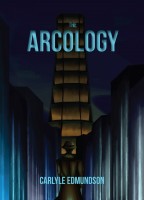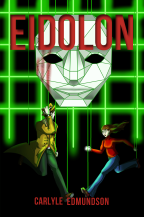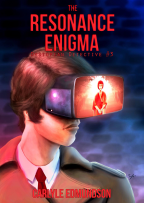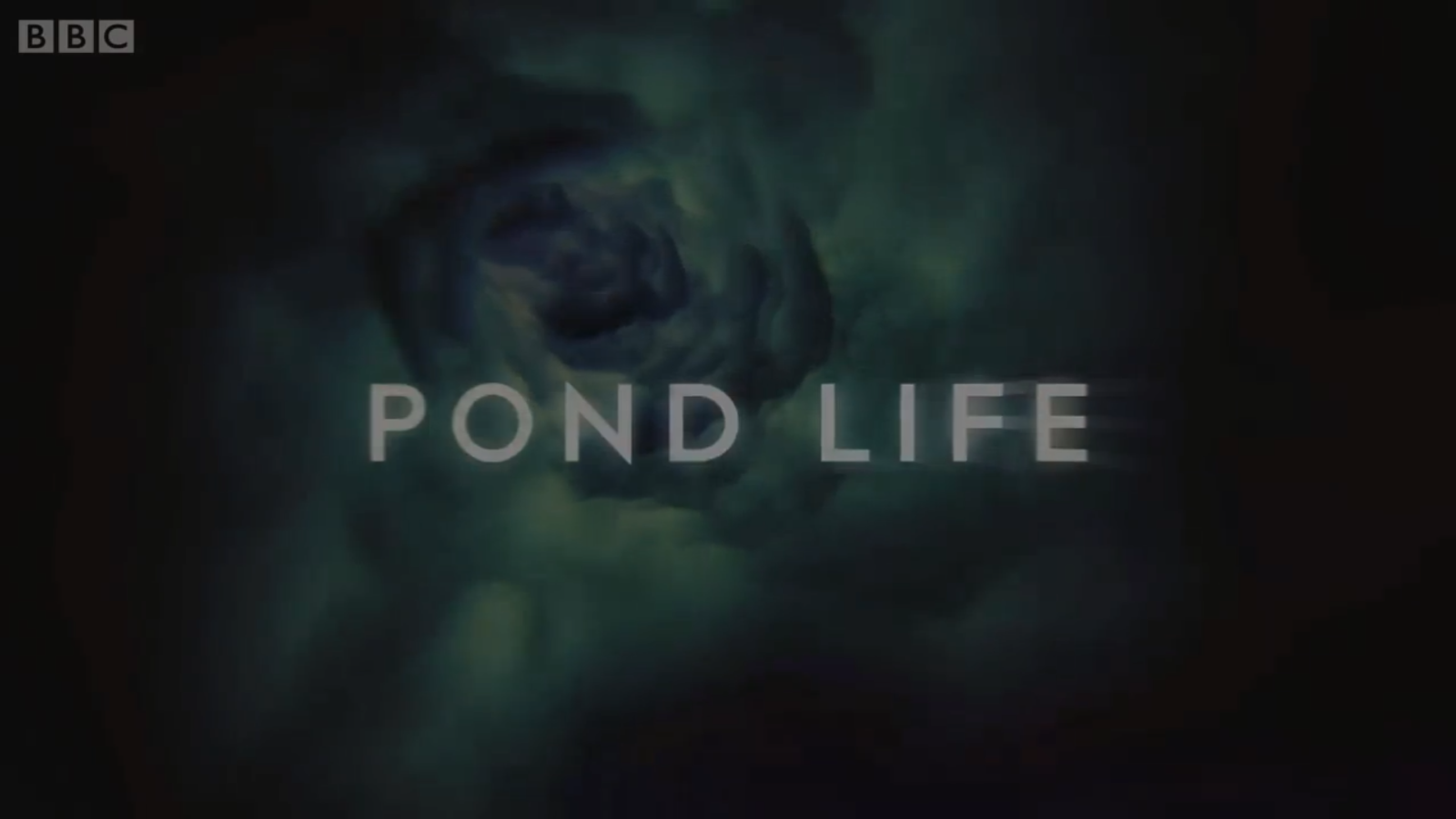 New forms of media are always going to be hard to deal with. Back in the 90’s, and all the time before, a TV viewer got what came on the screen, at a specific time, and nothing more. Did they have to cut a scene for time? You’ll never know, cause you’ll never see it. That started to change when DVDs with bonus features emerged, but it took a while for studios to figure out that adding extra material to the discs could be a real selling point. Deleted scenes, blooper reels, commentary tracks, behind-the-scenes featurettes, even concept art–all these things and more are what helped DVDs become the new default home media experience over VHS. Well, that and ridiculously improved picture quality.
New forms of media are always going to be hard to deal with. Back in the 90’s, and all the time before, a TV viewer got what came on the screen, at a specific time, and nothing more. Did they have to cut a scene for time? You’ll never know, cause you’ll never see it. That started to change when DVDs with bonus features emerged, but it took a while for studios to figure out that adding extra material to the discs could be a real selling point. Deleted scenes, blooper reels, commentary tracks, behind-the-scenes featurettes, even concept art–all these things and more are what helped DVDs become the new default home media experience over VHS. Well, that and ridiculously improved picture quality.
But just as it took time to work out what benefits a DVD offered, so, too, is the usefulness of the Internet being worked out. It’s been known for a long time that the internet offered a very unique point of leverage with a show’s fanbase. Look around Memory Alpha and you’ll see that AOL web chats with the producers (Often Ronald D. Moore, specifically) were common among Star Trek fan circles in the late 90’s. It gave fans some insight into the production of the show, how certain plot points were decided upon (“Whatever happened to Thomas Riker?” being a popular one), and allowed the writers to have some back and forth with the fans, to get a feel for where the show was succeeding and where it was failing to resonate with them. Of course, you always have to be careful when taking advice from the fandom; we often don’t know what we really want, and there have been no small number of shows that have died from catering too much to a picky fanbase. Read more
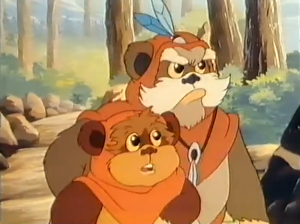 A lot of shows try the spinoff approach once they get successful; that’s how you launch a franchise, after all. Just earlier this week we looked at Babylon 5‘s far less popular spinoff, Crusade, which died very early. The successful spinoffs speak for themselves: Star Trek TNG, or Stargate Atlantis. Sometimes, like in the former’s case, they practically eclipse the parent show in popularity, but those cases are few and far between. Most spinoffs don’t really go anywhere, dying quietly and languishing in the original’s shadow. Today we’re looking at these, 4 spinoffs that are nowhere near as well known as the popular programs that spawned them.
A lot of shows try the spinoff approach once they get successful; that’s how you launch a franchise, after all. Just earlier this week we looked at Babylon 5‘s far less popular spinoff, Crusade, which died very early. The successful spinoffs speak for themselves: Star Trek TNG, or Stargate Atlantis. Sometimes, like in the former’s case, they practically eclipse the parent show in popularity, but those cases are few and far between. Most spinoffs don’t really go anywhere, dying quietly and languishing in the original’s shadow. Today we’re looking at these, 4 spinoffs that are nowhere near as well known as the popular programs that spawned them.

